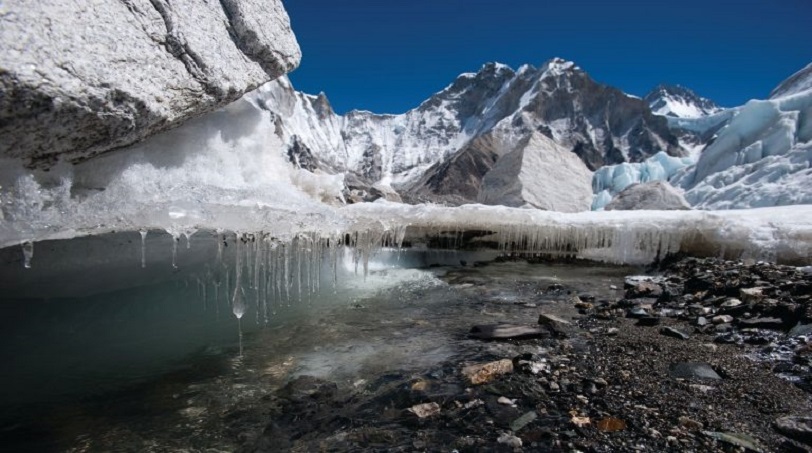
London- A third of the glaciers on the UNESCO World Heritage list are under threat, regardless of efforts to limit temperature increases, a study conducted by the UN body has found.
However, the study said, it was still possible to save the other two-thirds, if the rise in global temperatures did not exceed 1.5 degrees Celsius compared to the pre-industrial era. UNESCO said this would be a major challenge facing delegates at the upcoming COP27.
The 2022 United Nations Climate Change Conference, more commonly referred to as Conference of the Parties of the UNFCCC, or COP27, will be the 27th United Nations Climate Change conference. It will be held from November 6-18, 2022 in Egypt’s Sharm El Sheikh.
“This report is a call to action. Only a rapid reduction in our CO2 emission levels can save glaciers and the exceptional biodiversity that depends on them.
“COP27 will have a crucial role to help find solutions to this issue. UNESCO is determined to support states in pursuing this goal,” UNESCO Director-General Audrey Azoulay said.
In addition to drastically reduced carbon emissions, the United Nations Educational, Scientific and Cultural Organization (UNESCO) is advocating for the creation of a new international fund for glacier monitoring and preservation.
Such a fund would support comprehensive research, promote exchange networks between all stakeholders and implement early warning and disaster risk reduction measures, the study said.
Half of humanity depends directly or indirectly on glaciers as their water source for domestic use, agriculture, and power. Glaciers are also pillars of biodiversity, feeding many ecosystems, it said.
“When glaciers melt rapidly, millions of people face water scarcity and the increased risk of natural disasters such as flooding, and millions more may be displaced by the resulting rise in sea levels,” IUCN Director General Dr Bruno Oberle said.
“This study highlights the urgent need to cut greenhouse gas emissions and invest in nature-based solutions, which can help mitigate climate change and allow people to better adapt to its impacts,” he added.
Fifty UNESCO World Heritage sites are home to glaciers, representing almost 10 per cent of the Earth’s total glacierised area. They include the highest (next to Mt Everest), the longest (in Alaska), and the last remaining glaciers in Africa.
The UNESCO study, in partnership with the International Union for Conservation of Nature (IUCN), showed that these glaciers have been retreating at an accelerated rate since 2000 due to CO2 emissions, which are warming temperatures.
They are currently losing 58 billion tons of ice every year equivalent to the combined annual water use of France and Spain and are responsible for nearly five per cent of observed global sea-level rise. The glaciers under threat are in Africa, Asia, Europe, Latin America, North America and Oceania, the study said.
Follow this link to join our WhatsApp group: Join Now
Be Part of Quality Journalism |
Quality journalism takes a lot of time, money and hard work to produce and despite all the hardships we still do it. Our reporters and editors are working overtime in Kashmir and beyond to cover what you care about, break big stories, and expose injustices that can change lives. Today more people are reading Kashmir Observer than ever, but only a handful are paying while advertising revenues are falling fast. |
| ACT NOW |
| MONTHLY | Rs 100 | |
| YEARLY | Rs 1000 | |
| LIFETIME | Rs 10000 | |













